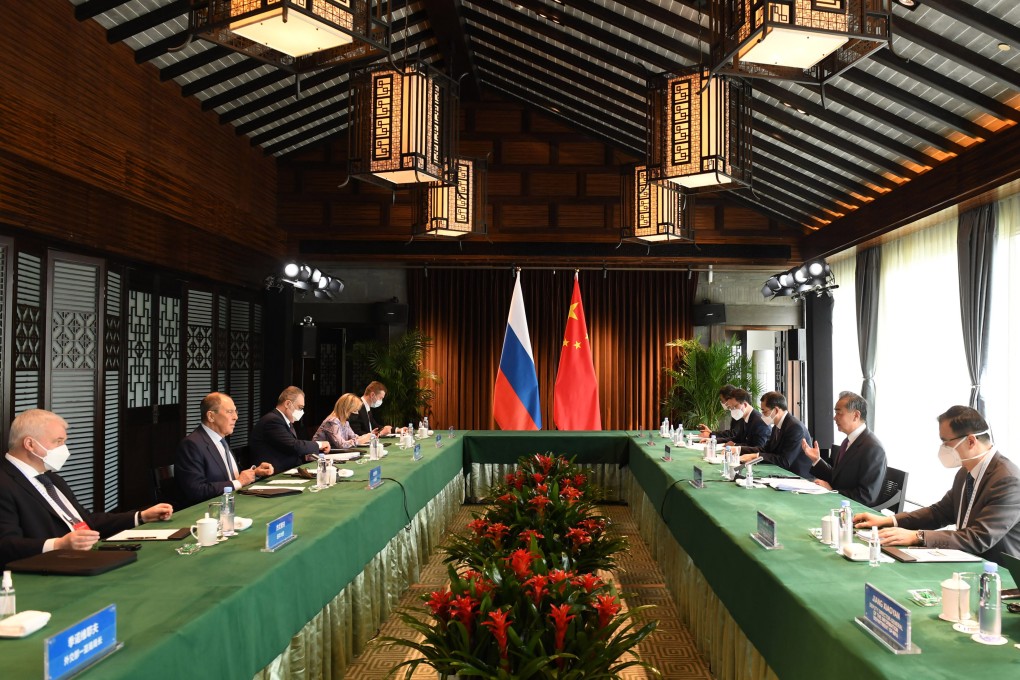Macroscope | Ukraine war: why market unease over China’s friendship with Russia is overblown
- Capital outflows from China have surged since the Ukraine war erupted, amid concern about Beijing’s relationship with Moscow
- However, sentiment was deteriorating sharply before the Russian invasion, while the risks to Beijing in siding with Moscow far outweigh the benefits, given Xi’s focus on promoting stability

There is certainly plenty of evidence pointing to a sharp deterioration in sentiment towards China since the war began on February 24. In the first 24 days of March, foreign investors sold US$9.5 billion of mainland stocks through the northbound Stock Connect programme with Hong Kong, putting this month’s outflows on track to be the second-largest monthly drawdown since the scheme was launched in 2014.
A report published by the Institute of International Finance (IIF) on March 24 amplified concerns about the scale and severity of the capital flight. The IIF’s daily tracker of global capital flows revealed that investors had withdrawn money from China on an “unprecedented” scale since the war erupted, in contrast to other emerging markets which had not suffered large outflows.
In a tweet on March 21, Robin Brooks, the IIF’s chief economist, said: “A realignment in global capital flows has started. Never before has China underperformed other [emerging markets] like this. Putin’s war is changing how investors look at China…”
This is a bold assertion. There is no question that Russia’s invasion of Ukraine, which took markets by surprise, has forced investors to take geopolitical risks more seriously. It has also raised some uncomfortable questions for markets.
